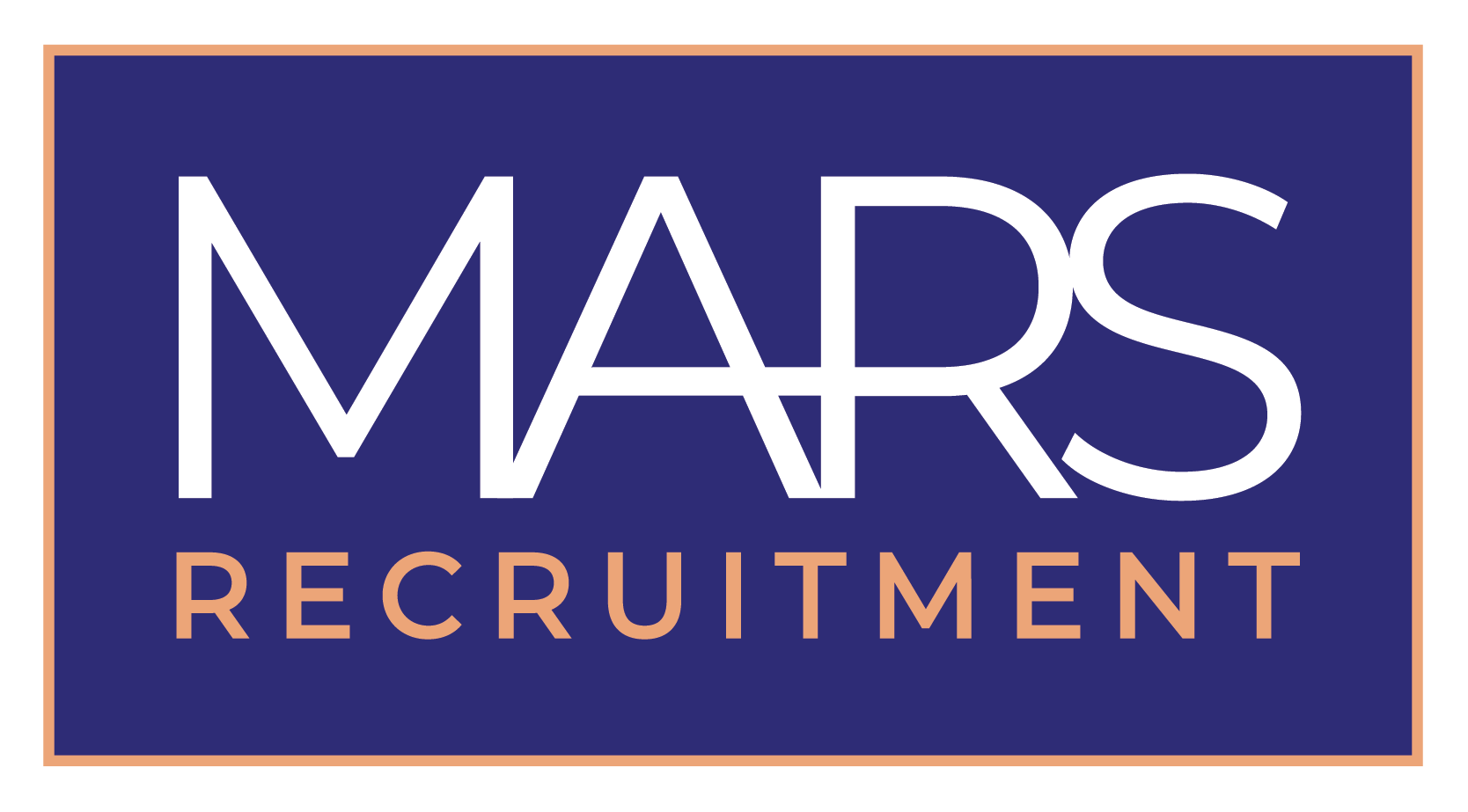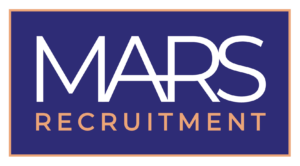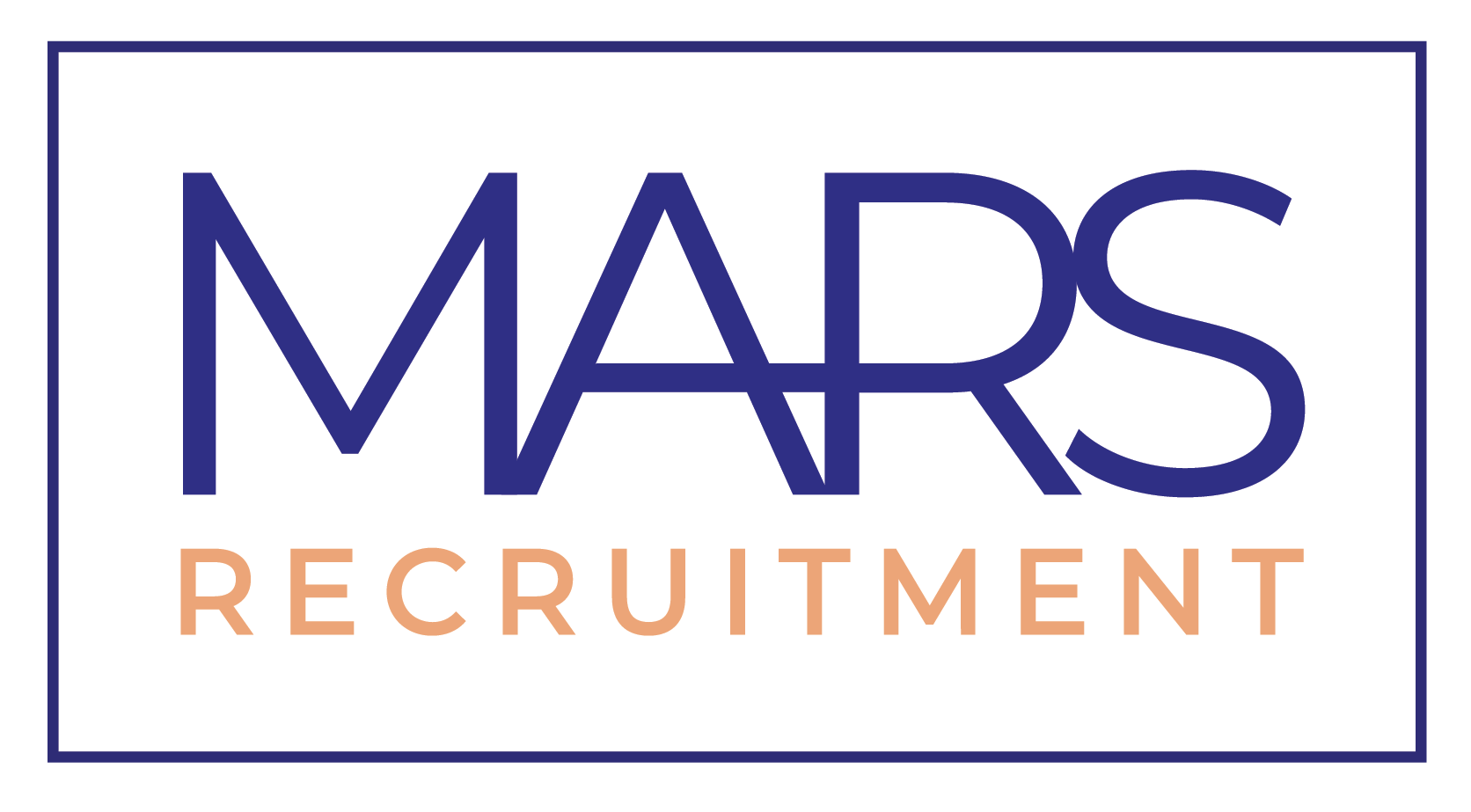In today’s competitive talent market, intuition alone no longer suffices. Leading organisations harness data to optimise their hiring processes, reduce costs, and secure top-tier candidates. At MARS Recruitment, we advocate for a metrics-driven approach to recruitment, one that transforms raw numbers into actionable insights. Below, we explore the key performance indicators (KPIs) every business should track and how to leverage them for continuous improvement.
1. Time-to-Fill
What it measures: The number of days from posting a vacancy to having an accepted offer.
Why it matters: A lengthy time-to-fill can stall projects and increase workload on existing staff. Aim for benchmarks tailored to your industry, accounting roles might average 30–45 days, while niche tech hires may take longer.
2. Cost-per-Hire
What it measures: Total recruitment costs (advertising, agency fees, internal resources) divided by the number of hires.
Why it matters: Understanding your true recruitment spend highlights inefficiencies. Reducing cost-per-hire by even 10% can free significant budget for training or employer branding.
3. Quality-of-Hire
What it measures: Performance ratings of new hires against predefined criteria (e.g. first-year performance review scores, productivity metrics).
Why it matters: Hiring fast or cheaply means little if the candidate doesn’t deliver. Quality-of-hire aligns recruitment outcomes with business goals and workforce effectiveness.
4. Source-of-Hire
What it measures: The channel through which successful candidates were attracted (job boards, referrals, social media, direct sourcing).
Why it matters: Not all sourcing channels deliver equal ROI. By analysing source-of-hire, you can reallocate resources to the most productive channels and refine your employer value proposition.
5. Offer Acceptance Rate
What it measures: The percentage of extended offers that candidates accept.
Why it matters: A low acceptance rate may signal misaligned expectations around salary, culture, or role scope. Close the feedback loop with candidates to adjust your messaging and package competitiveness.
6. Candidate Experience Metrics
What it measures: Candidate Net Promoter Score (cNPS), application completion rates, and survey feedback.
Why it matters: A positive candidate experience enhances employer brand and increases the likelihood of high-quality candidates accepting offers, even if they aren’t selected this time.
7. Diversity & Inclusion Metrics
What it measures: Representation of gender, ethnicity, and other underrepresented groups across applicant, interview, and hire stages.
Why it matters: Tracking diversity metrics ensures your hiring process is equitable and helps build inclusive teams, which have been proven to drive innovation and performance.
8. Retention and Turnover Rates
What it measures: The percentage of new hires remaining with the company after 6, 12, and 24 months.
Why it matters: High early turnover often indicates a mismatch in role expectations or onboarding processes. Use this data to enhance induction programmes and refine role descriptions.
Turning Metrics into Action
Collecting data is only the first step. To truly benefit, businesses must:
- Set clear benchmarks for each metric based on industry standards and internal goals.
- Regularly review recruitment dashboards to identify trends and anomalies.
- Act on insights—for example, optimise underperforming sourcing channels or adjust interview workflows to reduce time-to-fill.
- Engage stakeholders across HR and hiring managers to align on KPIs and foster accountability.
Modern applicant tracking systems (ATS) and recruitment analytics platforms make capturing these metrics straightforward. At MARS Recruitment, we partner with clients to implement best-in-class tools and processes, ensuring they make data-driven decisions at every stage of the talent lifecycle.
By focusing on the metrics that matter, organisations can transform recruitment from a cost centre into a strategic driver of growth. Embrace a data-driven mindset, and you’ll not only hire better candidates but also build a more efficient, agile, and inclusive workforce.
[DISCLAIMER] The information provided in this article is for general, informational purposes only and should not be construed as professional advice. Individuals are encouraged to seek guidance from qualified career coaches or advisors when navigating career transitions.



